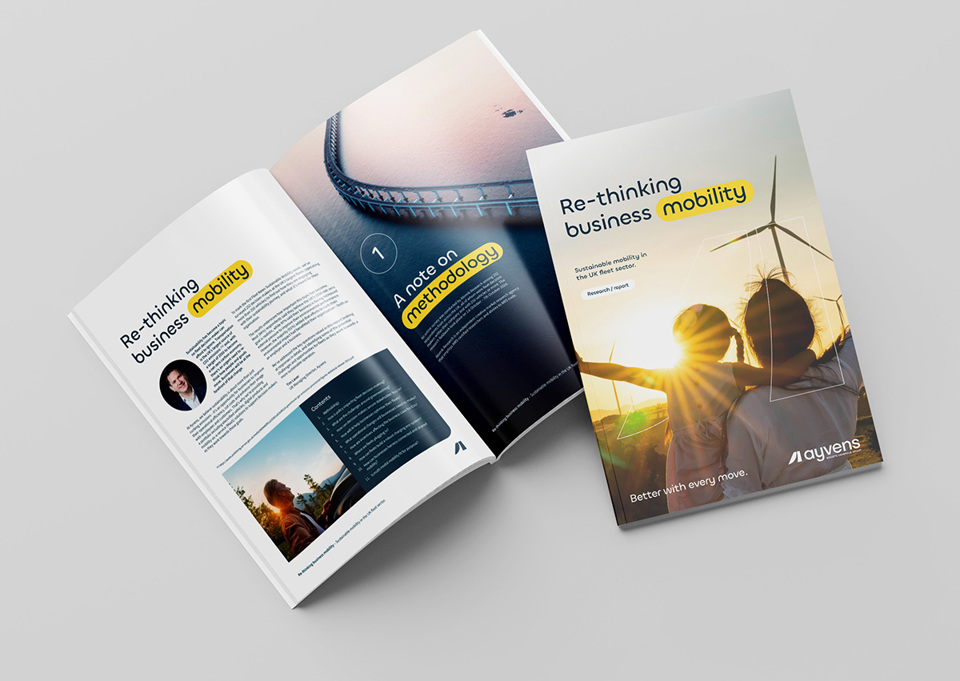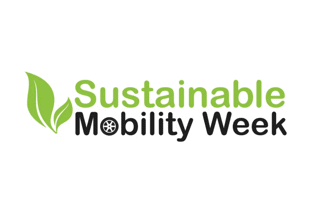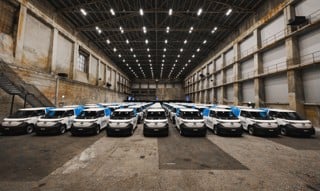After a significant drop during the worst of the Covid-19 lockdowns in 2020, traffic returned to pre-pandemic levels in 2023 and continued to follow a long upward trend. British drivers covered almost 331 billion miles last year, according to the Department for Transport – a 10% increase compared to 2003, and almost entirely down to a 62% rise in light commercial vehicle mileage in that period.
Although electrification and alternative fuels can help reduce the environmental impact of those miles, the push for more sustainable operations means businesses are paying closer attention to whether journeys are necessary at all.
For Sustainable Mobility Week, Fleet News and Ayvens surveyed 252 decision-makers for some of the UK’s largest fleets (with 250 or more vehicles) to discover how sustainability is influencing their operations, and most see big changes ahead. Almost all (98%) respondents expect the government’s environmental regulations, such as phasing out combustion engines and steps towards net zero carbon, to change the way they operate over the next five years. Half (48%) believe their organisation’s mobility ecosystem will be significantly different by that point.
Disrupting the status quo
However, early adopters were very positive about the results of those changes. Nine out of ten (91%) said aligning their fleet operating model with the government’s sustainability targets had been beneficial. Positive impacts included better brand image and reputation (54%), improved operational efficiency (54%) and the ability to access new customers or markets (43%), while 40% had reduced their operating costs. Each of those factors offers a degree of competitive advantage for operators.
The results reflect a strong business case for deploying electric vehicles. Fleets who said electrification was part of their sustainability strategy were more likely to have improved their reputation and brand image (63%) or cut costs (49%), but there are still operational challenges. Almost half (48%) of that group said they had struggled to find suitable electric vehicles for their needs, while 43% cited issues with charging infrastructure. That compares to 39% and 36% respectively across the whole survey sample.
Meanwhile, 40% of respondents are reconsidering how they use their fleet – either by sharing vehicles, optimising routes or through better load management – to help meet environmental commitments. These fleets were more likely to claim reduced operating costs (51%) as result of their sustainability strategy than the survey average, while 48% said those initiatives had enabled them to access new customers or markets.
It’s also notable that these respondents listed market demand (44%) and investor or shareholder pressure (41%) as the most important motivators for their decarbonisation strategy, ahead of government regulations (39%) – which was the top answer for the entire survey sample. Only 33% said the risk of climate change was driving those decisions.
Fit for purpose
Of course, decarbonisation also needs to be economically and operationally sustainable. Almost a third (30%) of surveyed fleets said sustainability was not a priority at the moment, and that share was highest among operators in the agriculture and construction sectors – at 43% in each case. Although agricultural fleets were most likely to say customer demand was influencing their sustainability strategy (86%), they were also most likely to report a lack of vehicle choice as the barrier to their electrification plans.
Whereas two thirds (67%) of respondents in the housing industry are reducing their reliance on vehicles and downsizing the fleet to curb emissions, that share falls to 19% in retail and 20% for those in the public sector. Retail and public sector fleets were more significantly more likely to be focused on improving fuel efficiency instead, at 62% and 55% of respondents respectively, than the overall average of 40%. Those assets may already be working as hard as they possibly can.
An effective downsizing or electrification strategy relies on good data – as this can help identify where assets are either under-utilised or can be switched to battery power. However, only a third (34%) of respondents said they were investing in fleet management software or telematics solutions to help meet their environmental commitments. Uptake was, predictably, higher among those with light commercial (38%) and heavy-duty vehicles (45%).
The results show decision-makers value that visibility. Respondents who said they are using telematics or fleet management solutions were more likely to say they felt “completely in control” of their company’s sustainability journey (48%) than the survey average (31%). They were also more likely to be planning electric vehicles (48% vs 37%), downsizing the fleet (28% vs 21%) and utilisation (40% vs 34%) than the sample as a whole.
Balancing cost and CO2
Biffa is targeting a 20% efficiency improvement between 2022 and 2030, aimed at the lowest possible carbon impact for its waste collection services. The approach is two-pronged, introducing alternative fuels such as hydrotreated vegetable oil (HVO) while suitable electric vehicles and charging infrastructure continue to mature, while conducting detailed quarterly efficiency reviews.
Darren Judd, head of fleet development, explains: “Sustainability is at the core of Biffa’s business, and many of our customers choose us because of our commitment to it. That said, we’re still seeing a gap between expectations and reality, particularly when it comes to cost. We have to be creative and find ways to meet these expectations, without pushing prices too high.
“Telematics plays a key role in how we manage our fleet. It helps us track vehicle efficiency, route optimisation, and driver behaviour. Our vehicles don’t operate like standard haulage trucks—they make frequent stops, which is tough on fuel consumption. Telematics allows us to monitor this and adjust accordingly. It’s about using that technology to refine how we operate.
“In some areas of our business, we’ve implemented managed services that analyse telematics data and provide feedback to drivers. We’ve found that this approach delivers real results, particularly when it comes to fuel savings and safety. Safer driving often translates to lower carbon emissions, so the two go hand in hand.”



















Login to comment
Comments
No comments have been made yet.